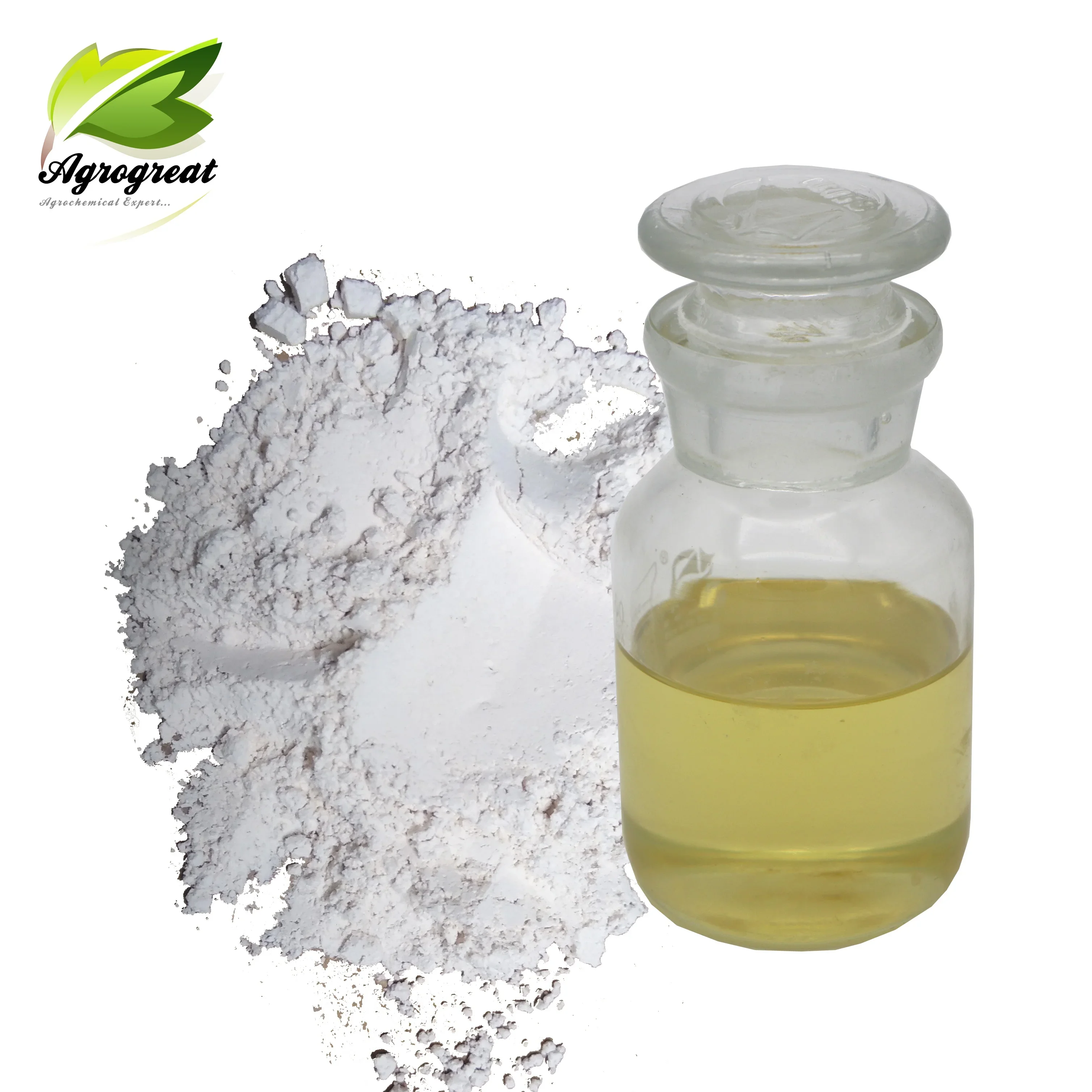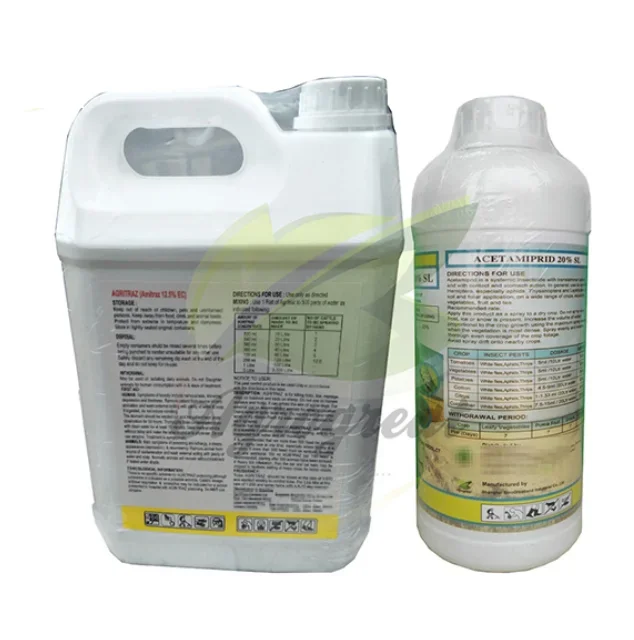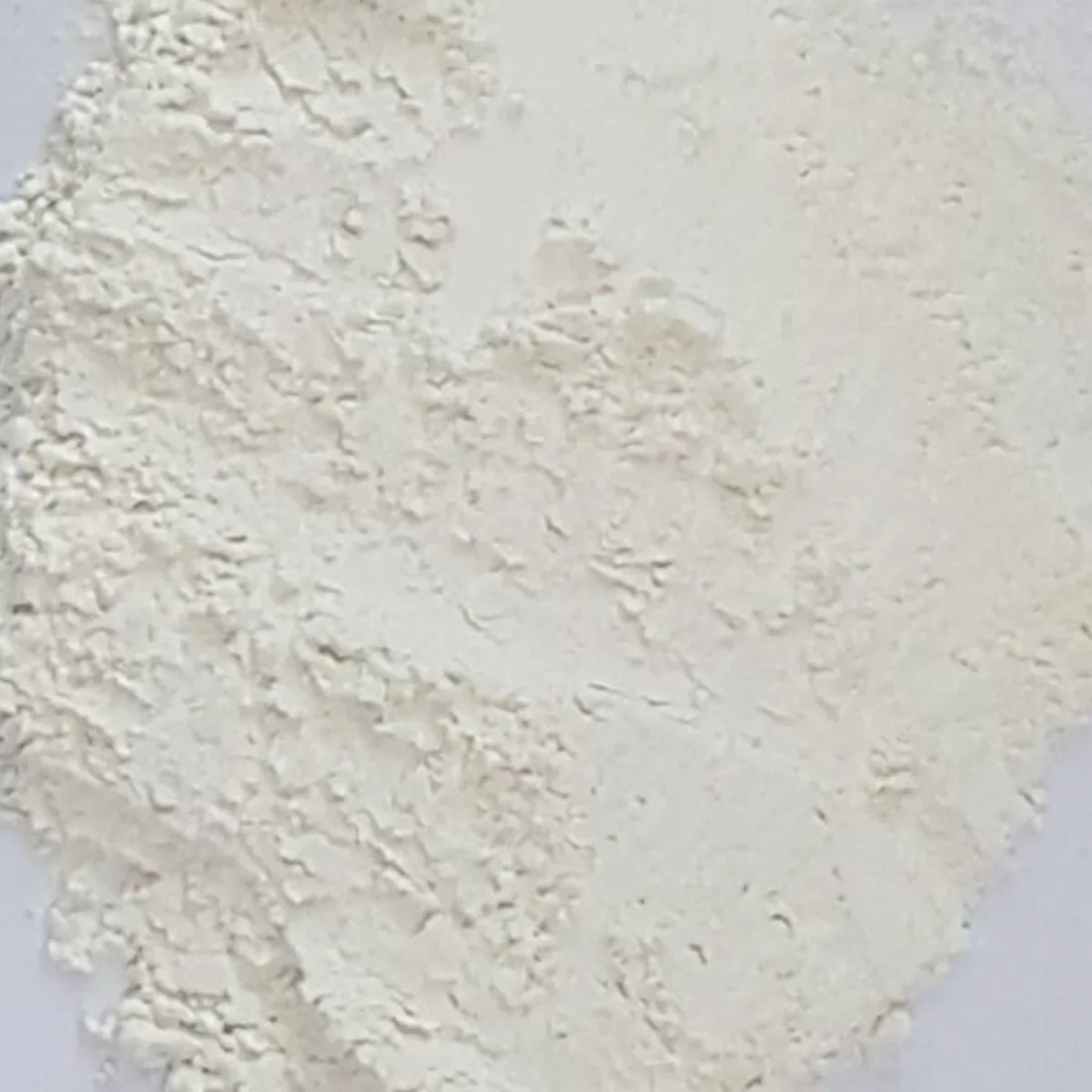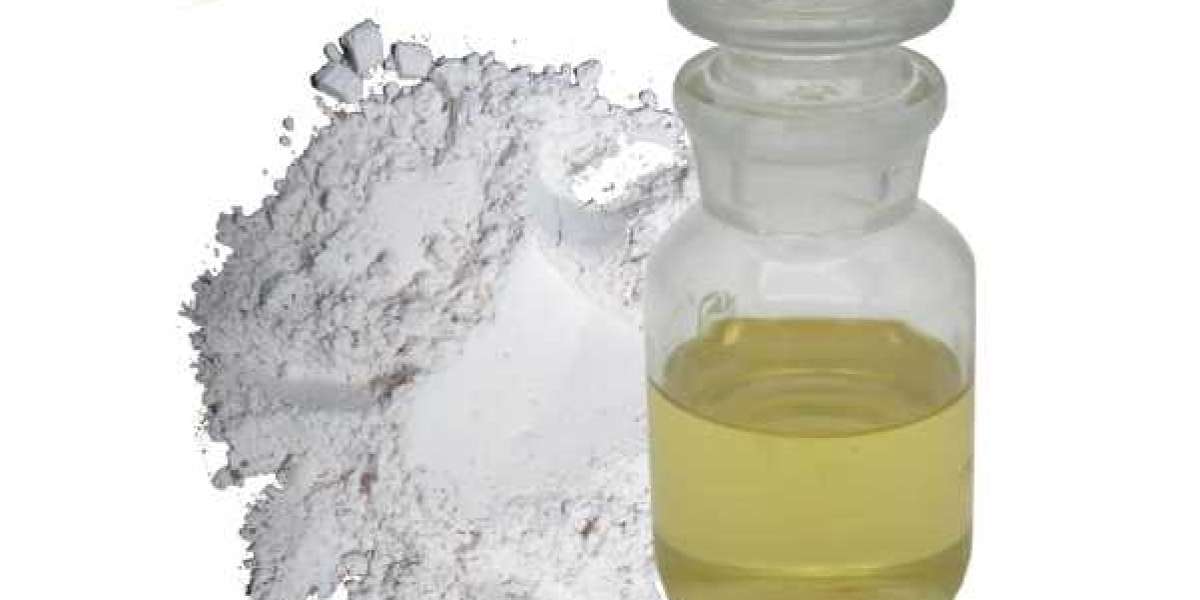Propiconazole is a widely used fungicide that plays a vital role in protecting crops and plants from fungal diseases. Its effectiveness, versatility, and safety have made it a popular choice among farmers, gardeners, and horticulturists. In this article, we will delve into the properties and usage of propiconazole, exploring its characteristics, benefits, application methods, and safety considerations.
I. Understanding Propiconazole
A. Chemical Properties:
Propiconazole is a systemic fungicide belonging to the triazole class. It is a white crystalline solid with a molecular formula of C15H17Cl2N3O2 and a molecular weight of 342.22 g/mol. Its solubility in water is relatively low, but it is highly soluble in organic solvents.
B. Mode of Action:
Propiconazole acts as a demethylation inhibitor (DMI) fungicide, disrupting the biosynthesis of ergosterol, an essential component of fungal cell membranes. By inhibiting this process, propiconazole effectively prevents the growth and spread of fungal diseases.

II. Benefits and Applications of Propiconazole
A. Crop Protection:
Broad Spectrum Control: Propiconazole exhibits efficacy against a wide range of fungal pathogens, including rusts, powdery mildews, leaf spots, and blights. It is commonly used on crops such as cereals, fruits, vegetables, and ornamental plants.
Preventative and Curative Action: Propiconazole can be applied both preventatively, to protect plants before infections occur, and curatively, to treat existing fungal diseases.
Systemic Action: As a systemic fungicide, propiconazole is absorbed by plants and translocated throughout their vascular system. This allows for complete protection, including new growth, and helps control diseases that may not be visible initially.
B. Horticultural and Turf Applications:
Ornamental Plant Protection: Propiconazole is widely used in the horticulture industry to protect ornamental plants from fungal diseases, ensuring healthy and vibrant landscapes.
Turfgrass Management: Propiconazole is effective in managing fungal diseases commonly found in turfgrass, making it an essential tool for golf courses, sports fields, and residential lawns.
III. Application Methods
A. Foliar Application:
Spraying: Propiconazole can be applied as a foliar spray using backpack or tractor-mounted sprayers. It is essential to ensure uniform coverage on the entire plant surface.
Timing: The timing of applications is crucial, and it varies depending on the target disease and crop. Following label instructions and consulting with agricultural experts can help determine the optimal application timing.
B. Seed Treatment:
Preventative Treatment: Propiconazole can be used as a seed treatment to protect seeds from soil-borne fungal diseases before germination. This method provides early protection for emerging seedlings.
C. Soil Drench:
Container Plants: For potted plants, a soil drench application of propiconazole ensures that the root zone is protected from fungal infections. This method is especially useful in nurseries and greenhouse environments.

IV. Safety Considerations
A. Protective Measures:
Personal Protective Equipment (PPE): When handling propiconazole, it is crucial to wear appropriate PPE, including gloves, protective clothing, goggles, and respiratory protection if required.
Follow Label Instructions: Always read and follow the instructions provided on the product label to ensure safe and effective use.
B. Environmental Impact:
Toxicity: Propiconazole is classified as slightly toxic to mammals, birds, and aquatic organisms. It is essential to use the recommended dosage and avoid unnecessary exposure to mitigate any potential adverse effects.
Environmental Persistence: Propiconazole has moderate persistence in the environment, with the potential to leach into groundwater. Careful application and adherence to label instructions can help minimize its impact on the environment.

Conclusion
Propiconazole is a valuable tool in the fight against fungal diseases that can devastate crops, ornamental plants, and turfgrass. Its broad-spectrum control, systemic action, and versatility make it a preferred fungicide in various agricultural and horticultural applications. By understanding its properties, benefits, application methods, and safety considerations, farmers, gardeners, and horticulturists can harness the power of propiconazole while ensuring its responsible and effective use.
AGROGREAT GROUP is one of the most professional pesticides manufacturers in China. And the products mainly include herbicides,fungicides, insecticides and plant growth regulator. and including the formulation type SL, EC, SC, FS, WP, WDG, CS, SP and so on.
Welcome to inquiry if you need to know more about propiconazole details or order wholesale.
Email:lisa.chen@agrogreat.com
Website:agrogreat.cn








